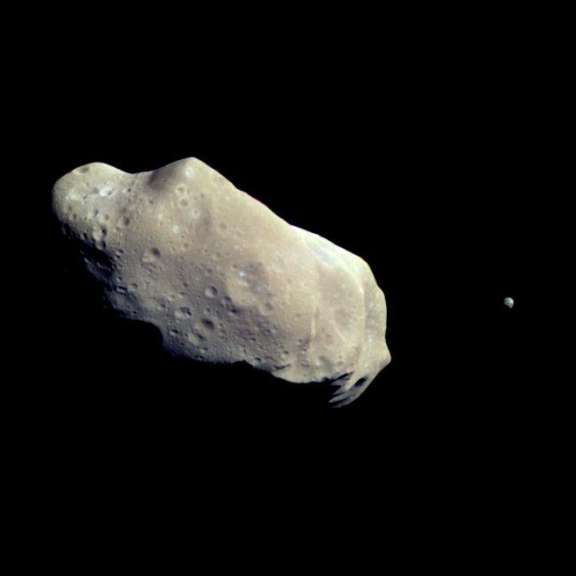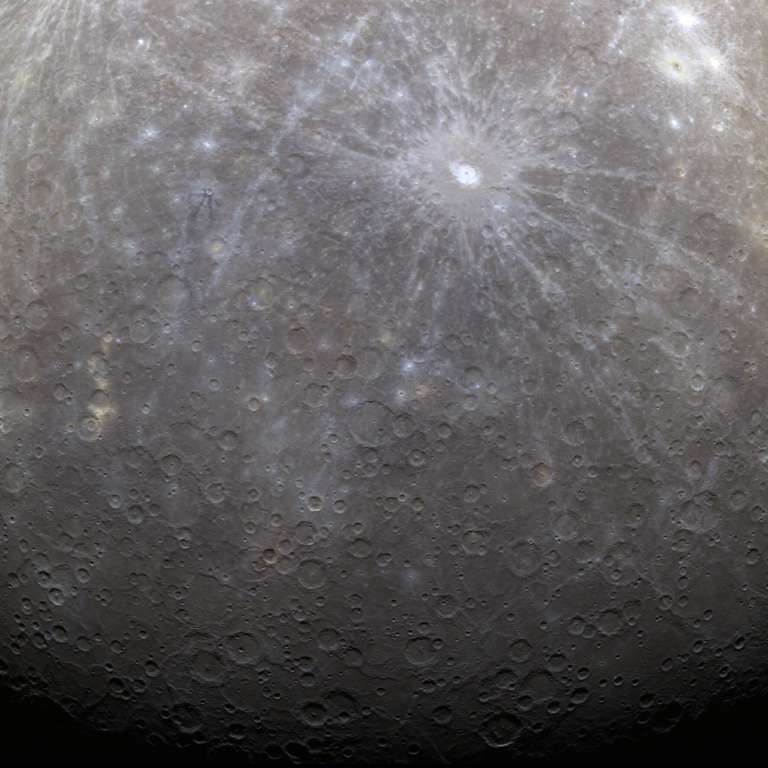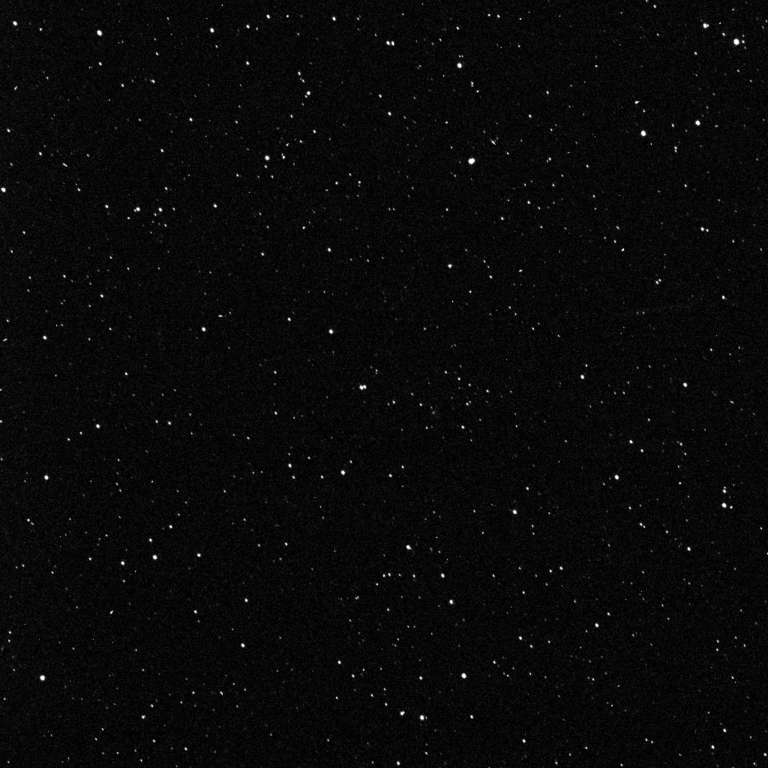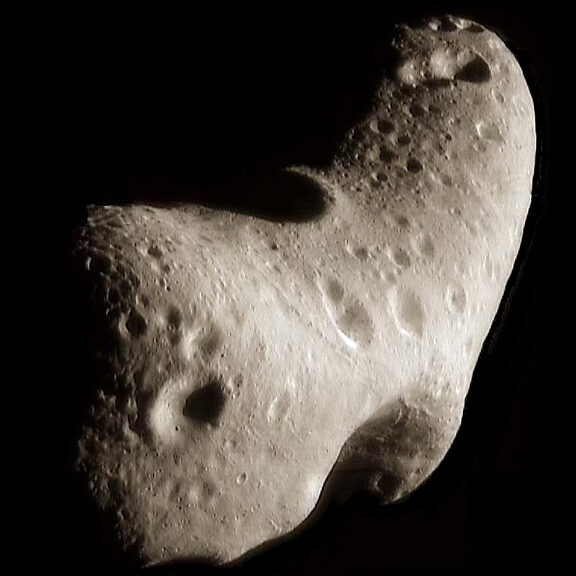All
All
Stories, updates, insights, and original analysis from The Planetary Society.
A Vesta rotation movie from Dawn!!
What do you know! I spend my last pre-vacation post whining about the lack of image releases from Dawn as it approaches Vesta and what do I find in my Inbox on the morning of my return to work but: an image release from Dawn!
Observing at the WIYN
On May 5 and 6, I had a run on the WIYN (Wisconsin-Indiana-Yale-NOAO) telescope, a 3.5 m telescope, the second largest telescope on Kitt Peak in Arizona.
Dawn Journal: Vesta to choose Dawn's arrival time
Dawn remains healthy and on course as it continues to approach Vesta. Thrusting with its ion propulsion system, as it has for most of its interplanetary journey so far, the spacecraft is gradually matching its solar orbit to that of the protoplanet just ahead.
South of the Border
The last decade has seen an explosion in our understanding of the solar system with the discovery of the largest Kuiper belt objects (KBOs) of comparable size to Pluto.
Land ho!
It's hard to convey just how excited I am to see Dawn's first image of asteroid Vesta.
Why haven't we found evidence for life starting in asteroids?
Here's a theoretical paper that asks an interesting question: When the solar system was very young and still very hot, could medium-sized asteroids have been habitable abodes for life?
A rare direct hit from a meteorite
Meteorites hit Earth all the time, but they almost never score direct hits on human-built structures (or humans, for that matter). Once in a while, though, direct hits do happen, and it looks like this recent event in Poland was the real thing.
Dawn's Vesta phase timeline, a summary
Now that Dawn has finally begun its science mission at Vesta, I thought it'd be useful to go back through Marc Rayman's Dawn Journals to collect a summary of the plans for Vesta.
The scale of our solar system
Space.com has taken advantage of the infinitely scrollable nature of Web pages to produce a really cool infographic on the scales of orbital distances in the solar system.
Place names on Lutetia
Whenever we explore someplace new -- a new island, a new continent, a new cave, a new world -- there's a necessary activity that explorers must perform before they can sensibly tell the world about their discoveries: name things.
Pluto's atmosphere changes really fast!
Pluto's atmosphere has been a subject of fascination for planetary astronomers since -- well, since astronomers first discovered that it had an atmosphere in the early '90s. The interest is partly because it's fascinating that such a distant and cold world is capable of supporting an atmosphere, and partly because the presence of the atmosphere confounds all attempts to measure Pluto's size precisely.
So far, no moons found at Ceres or Vesta
Since the Galileo mission discovered tiny Dactyl circling Ida in 1993, quite a lot of asteroid systems have been found to be binary; there are even a few triples. So it's quite reasonable to guess that two of the biggest asteroids, Ceres and Vesta, might also have satellites.
Welcome to Carnival of Space #191
Welcome, everyone, to the Planetary Society Blog for the 191st Carnival of Space! Every week, a different webmaster or blogger hosts the Carnival, showcasing articles written on the topic of space.
In honor of Stardust: The Annefrank encounter
Since Stardust is being decommissioned today I thought it'd be fitting to take a look back at one of its data sets. I hadn't fiddled with the Annefrank data set before, and it was small and easy to deal with.
Dawn's instruments are being roused for Vesta approach
Today the Dawn imaging team released a photo from the main camera, the Framing Camera, symbolizing that they're preparing to start Dawn approach science; the other two science instruments, a spectrometer and a neutron detector, are also being turned on and checked out.
LPSC 2011: Analysis of the grains returned by Hayabusa
I'd been despairing of finding a good source for a writeup of the presentations in the Hayabusa session at last week's Lunar and Planetary Science Conference, but am happy to report that I've finally found an excellent one.
LPSC 2011: Kirby Runyon on Mars, the Moon, Hartley 2, and Ganymede
Kirby Runyon, a second-year grad student at Temple University, offered to send me some writeups of selected presentations from last week's Lunar and Planetary Science Conference, and I enthusiastically agreed.
LPSC 2011: Day 3: Deep Impact at Hartley 2
Wednesday's sessions at the Lunar and Planetary Science Conference (LPSC) on the Deep Impact flyby of Hartley 2 were one of two that I was most looking forward to, the other being this morning's talks on Hayabusa's samples from Itokawa, about which I don't yet have any notes. I am again grateful to Franck Marchis and Andy Rivkin for sending me their notes on Hartley 2.
Dawn Journal: HAMO2; the destination glows bright
Deep in the asteroid belt, Dawn continues thrusting with its ion propulsion system. The spacecraft is making excellent progress in reshaping its orbit around the sun to match that of its destination, the unexplored world Vesta, with arrival now less than five months away.
LPSC 2011: Day 1: Small bodies
Here are some of the noteworthy items from the morning's session on


 Explore Worlds
Explore Worlds Find Life
Find Life Defend Earth
Defend Earth


 Sun
Sun Mercury
Mercury Venus
Venus Earth
Earth Mars
Mars Jupiter
Jupiter Saturn
Saturn Uranus
Uranus Neptune
Neptune Small Bodies
Small Bodies
















